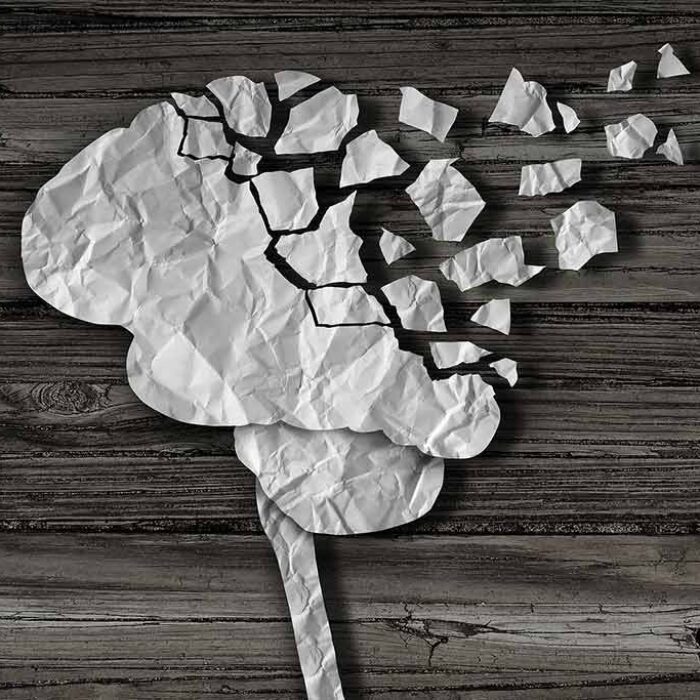Accidental overdose of children who ingest opiates is a growing concern for the medical establishment. Young children explore the world around them by using their senses to gather more information. Unfortunately, their little hands tend to pick up everything in their path. And it seems out of curiosity, whatever they find ends up in their mouths.
Even one pill can be deadly, and evidence supports that a growing number of children are getting their hands on their parents’ and grandparents’ pills. Cases have documented overdoses and accidental ingestion of powerful opiates including oxycodone, fentanyl, methadone and buprenorphine.
Experts say the rise in the number of cases can be linked to the soaring number of prescriptions being written by physicians.
KIDS OFTEN EXPOSED TO OPIATES IN THE HOME
The Annals of Emergency Medicine, in a September 2008 article, said the impact of accidental opiate ingestion by children is both “under recognized and poorly documented.”
The Annals of Emergency Medicine is a scientific journal for the American College of Emergency Physicians. In the article, the publication cites data from some poison centers that report to the RADARS system (Researched Abuse, Diversion and Addiction-Related Surveillance).
The report looked at children under 6 years old who were exposed to opiates including methadone, oxycodone, hydrocodone and buprenorphine between January 2003 and June 2006.
Of the 9,179 children who were exposed to an opiate, 99% fully ingested the drug and 92% of the incidents occurred in their homes. Nearly all cases involved an opiate that was prescribed for an adult living in the house.
Of those children, the median age was 2, and 54% of those who ingested the opiate were boys.
Those cases resulted in 8 deaths, 43 incidents considered life threatening or disabling, and 214 incidents that cause prolonged effects but were not life threatening. Of those poisoning cases, 6,003 were blamed on hydrocodone and 2,036 were attributed to oxycodone.
EVEN ONE CAN KILL
Many of the cases involved a child who found a discarded or dropped prescription painkiller. Some children were able to open the child-resistant prescription bottles.
Highly addictive opiates including Lortab, Vicodin and OxyContin are prescribed to treat chronic, severe pain, but studies have shown that some physicians are more lenient when it comes to doling them out. Opiates like methadone and buprenorphine are used to treat opiate addicts.
The fast-acting opiates can depress a child’s respiratory system, causing them to stop breathing. This could lead to death or long-term, major health consequences.
WHAT YOU CAN DO TO PREVENT ACCIDENTAL OVERDOSE
Experts say there are ways to prevent accidental overdose and ingestion of powerful prescription painkillers in children.
- All medications should be stored in a locked cabinet
- Never leave pills out on counter tops, even in child-resistant containers. They are resistant but not childproof.
- Make sure all relatives, friends and caregivers keep pills locked up.
- When grandparents, relatives or friends visit, make sure their purses, coats and other belongings are stored out of reach of children.
- When taking medication, make sure not to drop pills on the floors or counters. Quickly scan the area before putting medicine back in its locked cabinet.
- Throw away all medications you no longer use.













